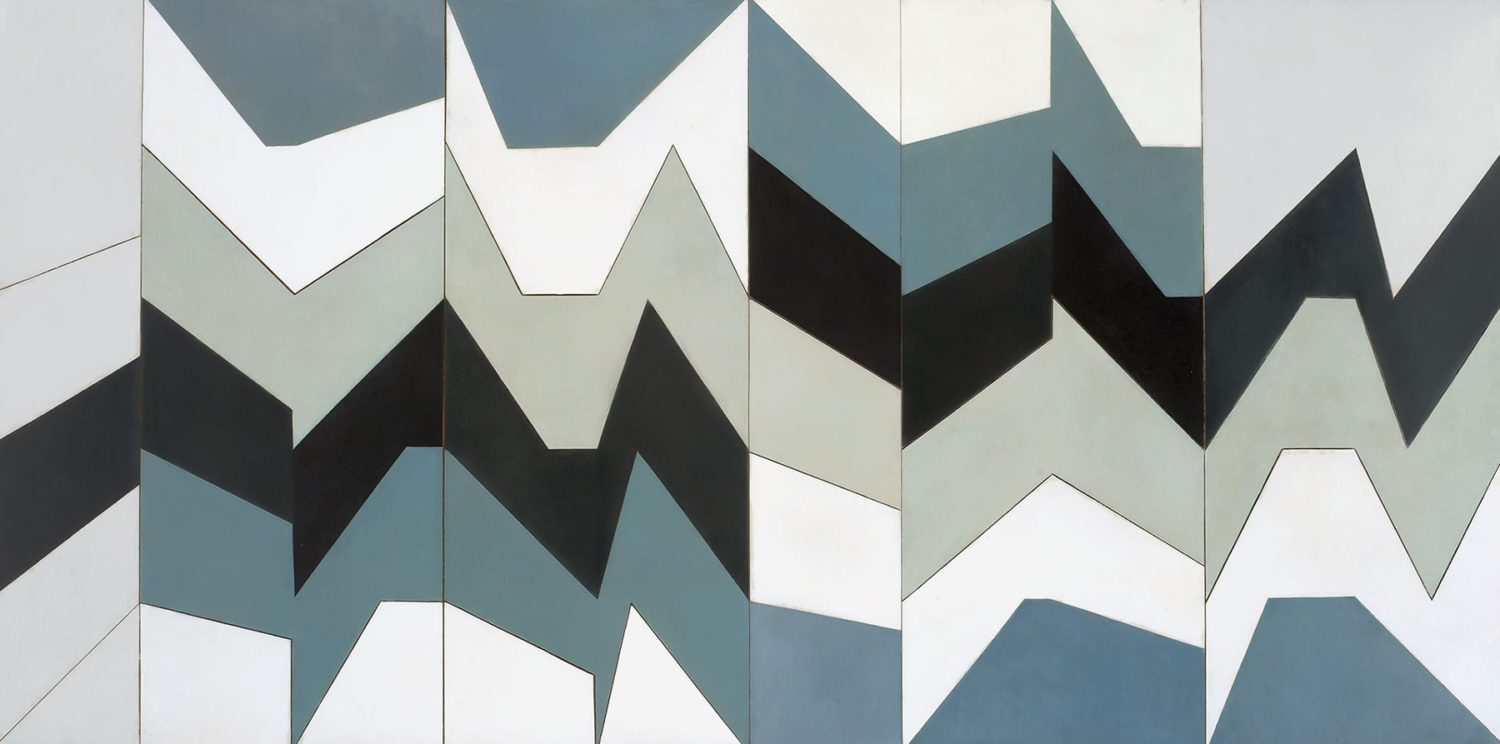Abandoibarra Etorb., 2, 48009 Bilbo, Bizkaia, Spain
In a 1956 lecture, Lygia Clark referred to painting as an “experimental field.” Perhaps no era in the Brazilian artist’s career embodies this notion more than its first decade, surveyed here, during which her focus evolved from traditional portraiture and still lifes to black-and-white compositions of positive and negative planes that “open up to the viewer,” in her words. An integral part of Rio de Janeiro’s artistic vanguards, as a member of the Grupo Ruptura and Grupo Frente, she helped chart hard-edged alternatives to traditional Brazilian naturalistic painting. “What I seek is to compose a space and not compose in it,” she once wrote. —Ryan Waddoups

